Hiperpintura
Color, accident, time
The bark of a tree advances over the arabesques of a trash bin on the sidewalk. The gray tones of a plane tree trunk absorb the profiles of iron, drawing an intersection zone that is the result of the sedimentation of time. While the tree is alive, this form will continue to move. In this image there is a rare intersection between planning, incident, the unfolding of a living form that makes its way, and a process so stretched that it is impossible to observe in real-time. What comes to us is the result of a fortuitous event that remains open. As if it were a buoy that has returned from the sea. It was meant to be a signaling point for ships, but in the middle of it, it began interacting with other elements. Small mollusks and algae attached to it, the sun and salty water consumed its form, texture, and color. The point at which we see it now presents a curious rever- sal of the planning processes that originated it.
This image of the bark was one of the first to accompany Grupo Bondi at the end of the 2000s. And it’s interesting that it struck them because it is precisely a paradox of stretched time and a retrospective view of the design processes and planning. It is an observation that focuses on what was not directed, on what simply happens, an event. A kind of anomaly. Years later, like the figure of a puzzle piece that had not yet been placed in its spot, this image returns as a still life of industrial production time. The Hiperpintura series is the result of a technique based on incident and the amplification of productive time. It all started at the industrial plant of Metalúrgica Mogno, watching how robotic automated systems paint the metal grids used for the interiors of refrigerators and freezers. Bondi noticed a fortuitous element: the texture and thickness of the paint layers on the hooks. They stopped on the hooks, which after months of continuous use were discarded for the thickness they had acquired. In their incidents, in their folds, in the way they pour and build a volume. A volumetric paint.
Another image might be helpful to think about this incident. In the mid-90s, Argentine artist Eduardo Costa began a series of volumetric paintings. These were still-life paintings, or rather, made with acrylic paint. The process was simple, almost satirical. Instead of painting a lemon, endless layers of yellow paint were stacked until the volume of a lemon of natural size was produced. The process was a comment on painting, but also on the still-life genre. Instead of representing volume, color, and texture, they were directly produced. Costa used the genre that in Western tradition had been used to engage the languages of representation. This simple shift displaced the entire system of relationships, creating another place between painting and sculp- ture. The echo of this reference now circulates in the production line. Where the piece was supposed to stop, it continues to turn, moving to another space. It continues until it forms an incision, a randomness, which is the result of waste, the free profusion of time. Even the relationships between the unique object and the series, between production and excess, between planning and incident, between product and art shift. Like a silly and ingenious wordplay at the same time. A buoy that returns from the sea of production with an unrecognizable form.
(Federica Baeza)
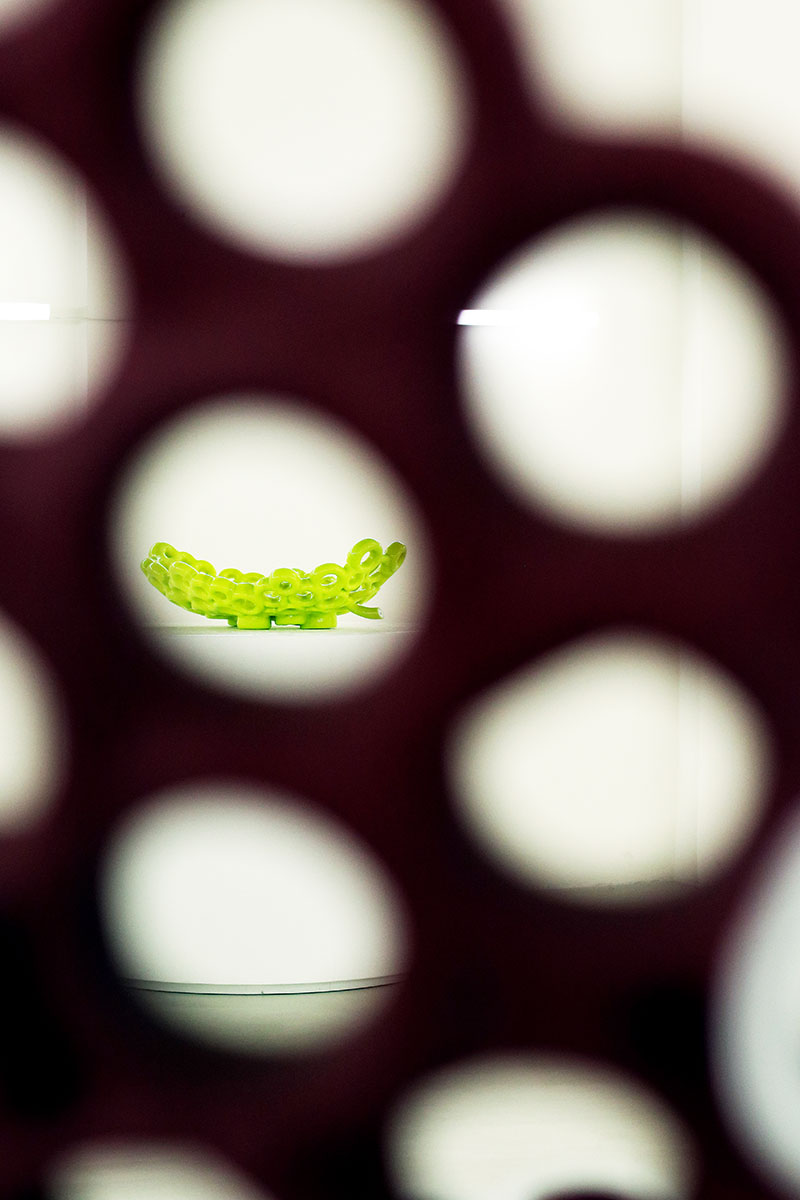
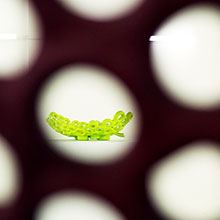 |
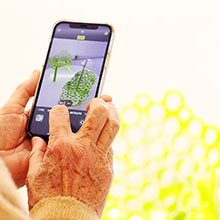 |
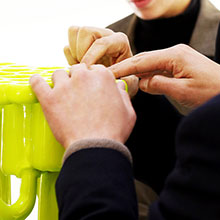 |
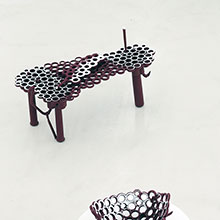 |
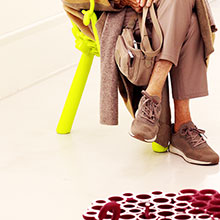 |
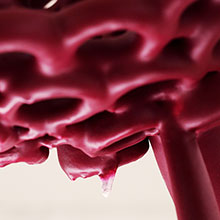 |
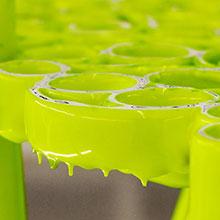 |
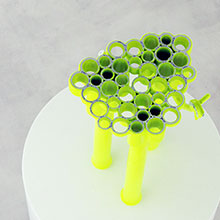 |
Hiperpintura: Color, accident, time is the exhibition featuring Hyperpintura pieces at Satsch Gallery, curated by Federica Baeza, held throughout 2024.
Satsch Gallery is the only gallery specializing in design in Argentina, promoting private and institutional collecting through icons, contemporary works, and avant-garde experimentation. Directed by Sandra T. Hillar and Wustavo Quiroga, the gallery seeks to foster connections between buyers, investors, researchers, curators, and artists, highlighting the uniqueness of collectible design.
As part of the exhibition “Hiperpintura, color accident time” interventions were carried out in public spaces. For 20 days, the phrase “¡Viva la industria Argentina carajo!”("Long live to the Argentine industry, damn it!") could be seen on several of the most important advertising screens in the city of Buenos Aires.
CREDITS
HIPERPINTURA of Grupo Bondi
SATSCH GALLERY: Sandra T. Hillar + Wustavo Quiroga
Curator: Federica Baeza
Video art direction: Ramiro Birriel
Sound design: Julian Camps
Production: Vicente Eliçabe y Andrés Payueta
Graphic design: Ezequiel Cafaro
Photographer: Dagurke
Thanks to: Metalúrgica Mogno + Sinteplast
Available in Satsch Gallery
GRUPO BONDI is made in Argentina, supports the Argentine industry!!!!